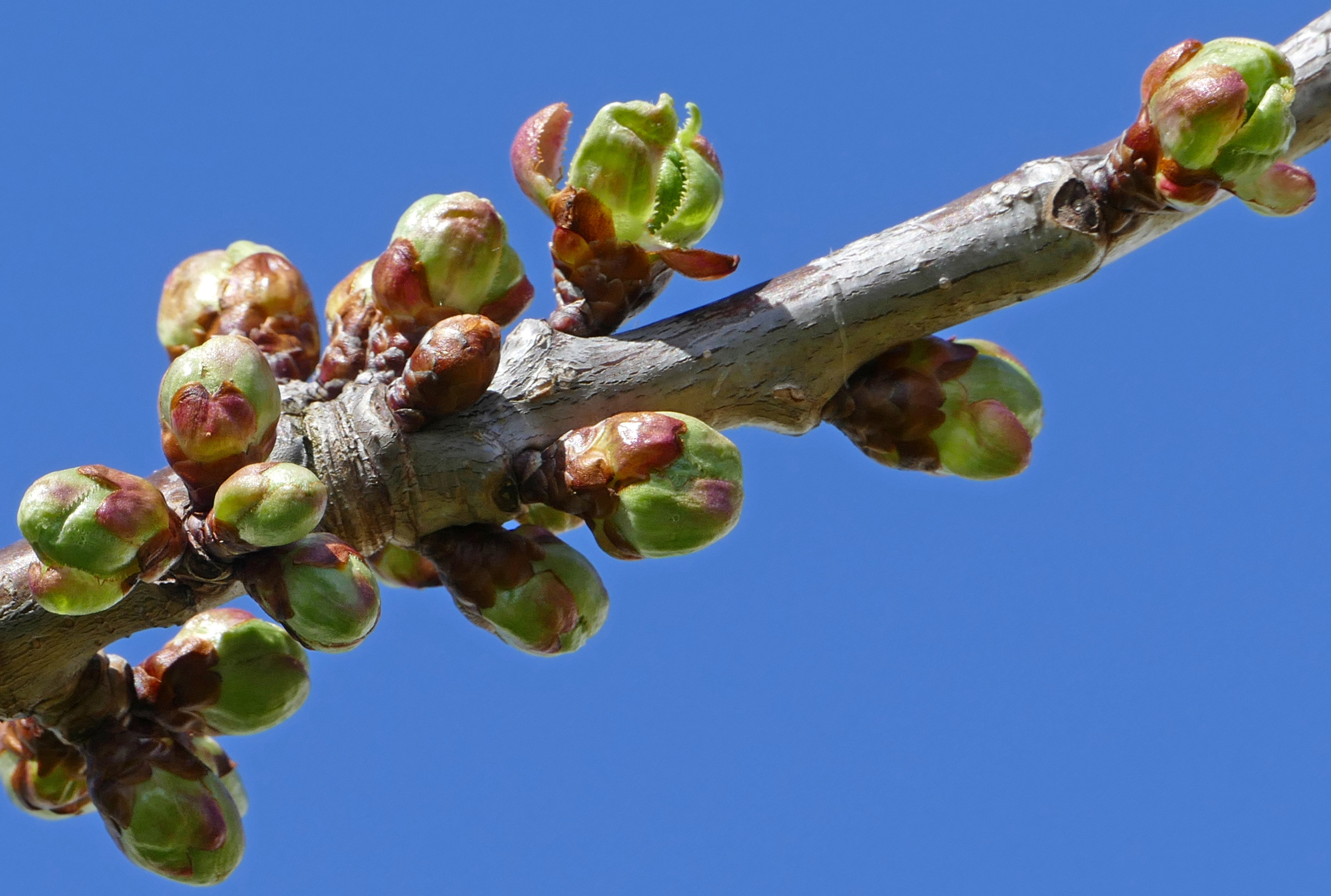In a quiet corner of Kyoto, far from the tourist crowds of the Ninna-ji and Daikaku-ji temples, lies a one-of-a-kind garden. Here, among ancient blooming cherry trees, 97-year-old Tōemon Sano carries on a centuries-old tradition: protecting and passing on the botanical and spiritual heritage of the sakura.
A life among the petals
In the heart of Japan, where every spring the cherry trees transform the landscape into a painting of pink petals, the figure of the sakuramori – literally "guardian of the sakura" – plays a central role. Tōemon Sano is considered the greatest among these guardians: he has devoted his entire life to the study, care and dissemination of cherry blossoms, not only in Japan but also abroad.
The Sano family's garden is a hidden natural sanctuary, home to rare varieties and ancient trees. A place that represents not only the fleeting beauty of flowers, but also a deep bond with nature and time.
A threatened mission
However, global warming is disrupting the balance of this delicate ecosystem. The cherry trees are blooming earlier each year, threatening not only the touristic appeal of hanami but also the symbolic meaning of the sakura in Japanese culture.
Shinichi Sano, son of Tōemon and next in line as sakuramori, issues a warning: "If the climate keeps changing so quickly, we won’t know when the flowers will bloom anymore." A real concern for a tradition rooted in harmony with the seasons.
A family legacy
The Sano family’s bond with cherry trees goes back over a century. It was Tōemon’s grandfather who saved the rare Taihaku cherry from extinction, and his father continued the family mission with devotion.
Today, Tōemon not only cultivates uncommon varieties, but also works on the restoration of ancient trees, living witnesses of a past at risk of vanishing. His work is not just botanical: it is a spiritual act that embodies the Japanese concept of mono no aware, the melancholic awareness of impermanence.
Looking ahead
In the swirl of petals that dance like spring snow, the Sano family represents cultural and environmental resilience. With the passing of the torch to Shinichi, hope is renewed that Japan will continue to celebrate its cherry trees not just as tourist symbols, but as a living part of its millennial identity.
In a changing world, the Sano family’s secret garden in Kyoto remains a bastion of beauty and memory. A place where every flower tells a story, and every blooming branch is a bridge between the past, present, and future.
Source: noticlick.com
Image source: nippon.com
Cherry Times – All rights reserved












